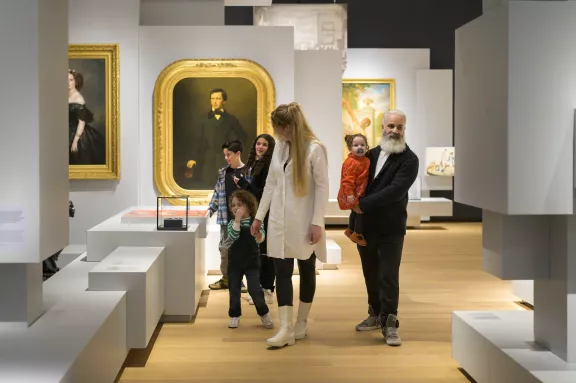The House of Orange
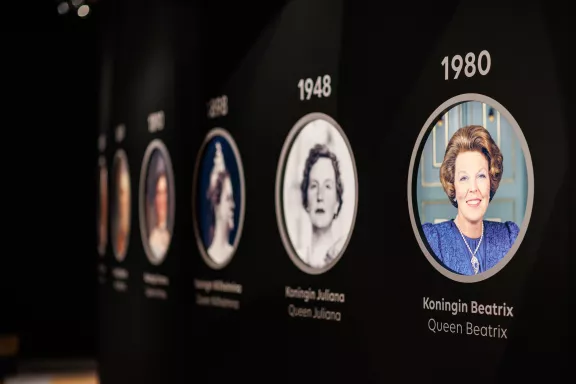
Five centuries at the heart of Dutch history
The House of Orange and Paleis Het Loo go way back. King-Stadtholder Willem III and his wife Queen Mary are the palace’s first residents in 1689. The House of Orange members live and work in the palace until 1975.
From Provence in southern France to vassals of the Holy Roman Empire and the Netherlands’ revolt against Spain to becoming the sovereign king of the Netherlands, The House of Orange history is an epic tale of joy and tragedy, progress and disaster, disappointment and glory.
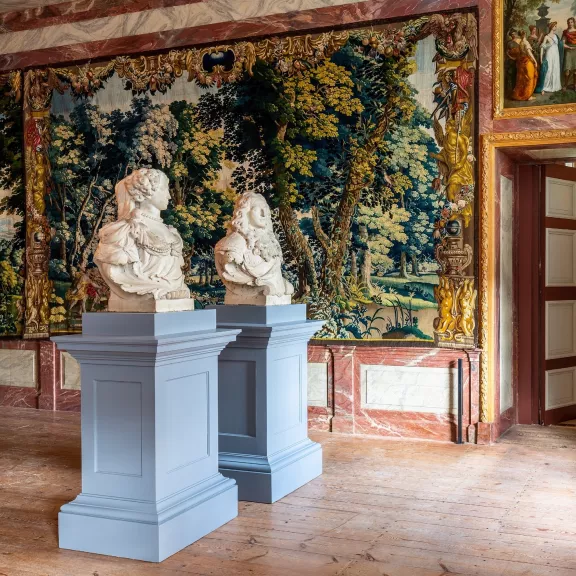
House of Orange Netherlands
The Dutch Royal House is The House of Orange. The history of The House of Orange is intertwined with the history of the Netherlands since the fifteenth century. From that time forward, The House of Orange plays a key role in governing the Netherlands as stadtholders, kings and queens.
The House of Orange family tree stems from the House of Nassau. The connection between the House of Nassau and the Netherlands arises in 1403 when Count Engelbrecht I of Nassau marries Johanna van Polanen, the lady of Breda. The couple goes on a land buying spree. As a result, the Breda branch of the Nassau family quickly climb the ranks to the highest nobility.
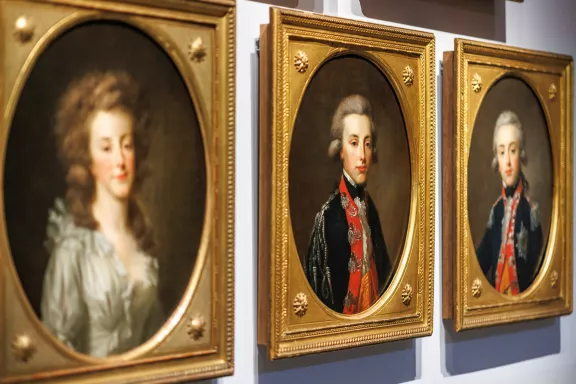
The House of Orange family tree rooted in stadtholders
Stadtholders play a central role in the Dutch Republic from the 16th century. Several stadtholders succeed William of Orange in the 16th and 17th centuries. Following a brief period without stadtholders in the 18th century, two hereditary successors of William of Orange serve as stadtholder until the French invasion. This lays the foundation for the ultimate establishment of The House of Orange.
House of Orange is born
William of Nassau is the eldest son of Count Willem of Nassau and Juliana van Stolberg. He is born on 24 April 1533 in Dillenburg Castle in Nassau.
When his cousin René de Chalon dies in 1544, William is still living at home with his parents. Emperor Charles V allows William to accept the inheritance from his cousin on two conditions. He must complete his education at the imperial court in Brussels and be raised a Catholic. William’s Lutheran parents agree, and William becomes the Prince of Orange.
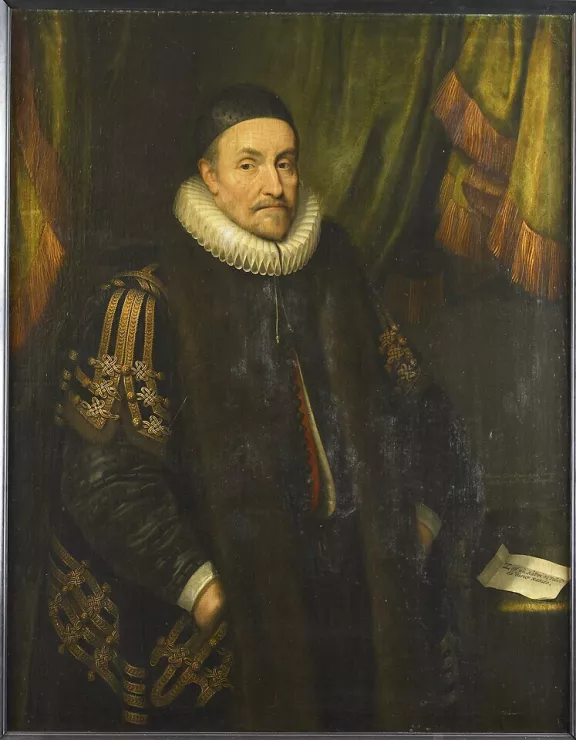
The House of Orange leads a kingdom
The Kingdom of the Netherlands is born in the 19th century. The first monarch is King William I (1772-1843) of The House of Orange.
First the French, after their military victory over the Netherlands, transform the Dutch Republic into a modern unitary state they call the Batavian Republic (1795-1806). But the popularity of the French plummets due to their lack of respect for Dutch independence.
The Batavian Republic becomes the Kingdom of Holland in 1806. It is headed by King Louis Bonaparte, Emperor Napoleon’s brother. His reign lasts until 1810, when the Netherlands becomes part of the French Empire. The French withdraw three years later, bringing an end to Napoleonic rule.
The future King William I (1772-1843) is the eldest son of Prince William V. In 1802, he becomes the ruler of the German principalities of Fulda and Corvey, which Napoleon Bonaparte gives to him as compensation for the loss of his Dutch domains in 1795. He loses these new possessions in 1806 as punishment for supporting Prussia in a new war against Napoleon.
The Kingdom of the Netherlands is born in the 19th century with King Willem I (1772-1843) as the first reigning sovereign. Seven Dutch sovereigns have succeeded him. Today his descendant King Willem-Alexander is the head of State and the head of The House of Orange.

The House of Orange exhibition at Paleis Het Loo
The House of Orange permanent exhibition invites you to journey through the history of the Dutch Royal Family from William of Orange to Amalia, the Princess of Orange. The exhibition tells the story of the House of Orange and the history of the Netherlands in six periods.
First a cinematic film on a 13-metre screen gives you a fast-paced overview of the story of the House of Orange. You find out how Willem of Orange got his surname, why the colour orange has political significance and why orange becomes the colour of resistance.
The House of Orange Netherlands up close
As you move into the main hall, you step into the history of The House of Orange and the Netherlands. The collection, dating from the 16th to the 21st century, tells the story of a family and a nation. From state portraits, delftware and furniture to personal objects, jewellery and photographs, the collection gives you a unique view of the public and private lives of the members of The House of Orange through the generations.
Learn more about The House of Orange
You can learn more about The House of Orange exhibition and collection during 15-minute introductory talks provided by professional guides. The introductory talks are provided on Saturdays and Sundays on a rolling schedule at 11:00 am, 12:00 pm, 1.30 pm and 2:30 pm.
